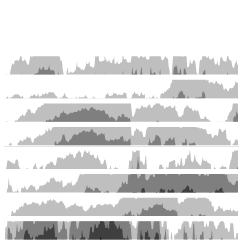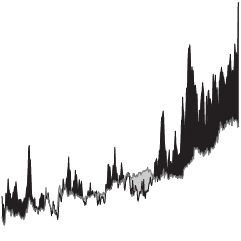The odds of getting pregnant after a certain time trying are surprisingly hard to come by. There are statistics here and there, but none provide a good overview of the probabilities. Mathematician Richie Cotton crunched some numbers using monthly fecundity rate — the monthly chance of getting pregnant — to estimate about how long it would take for he and his girlfriend to conceive.
[A]lmost half of the (healthy) 25 year olds get pregnant in the first month, and after two years (the point when doctors start considering you to have fertility problems) more than 90% of 35 year olds should conceive. By contrast, just over 20% of 45 year old women will. In fact, even this statistic is over-optimistic: at this age, fertility is rapidly decreasing, and a 1% MFR at age 45 will mean a much lower MFR at age 47 and the negative binomial model breaks down.
Obviously, there are other factors to consider like male fertility and how often a couple has sex, but there you go.
[via Revolutions]

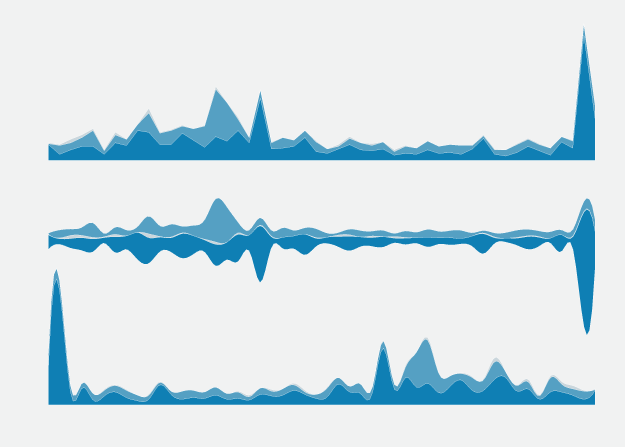
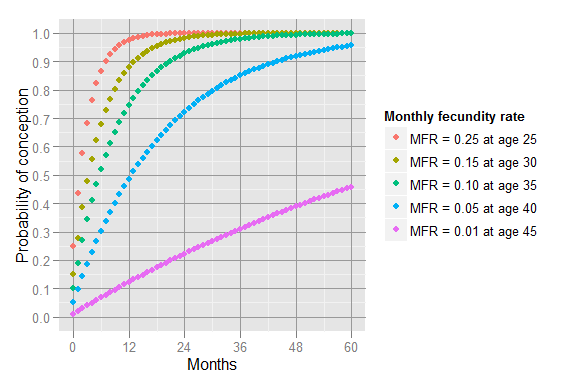
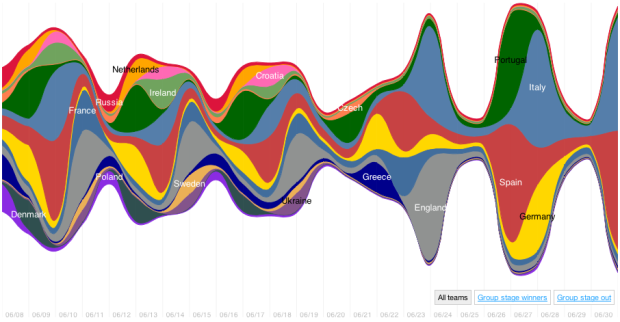
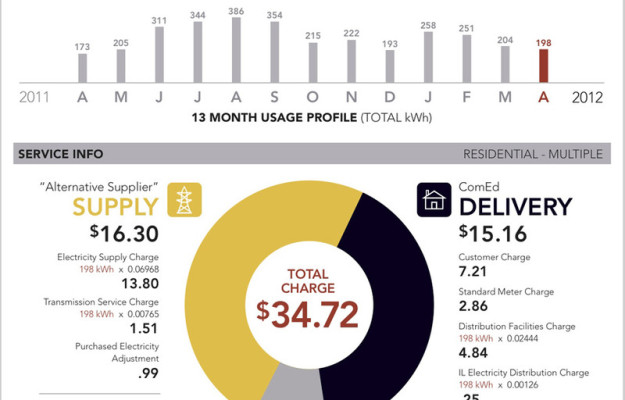


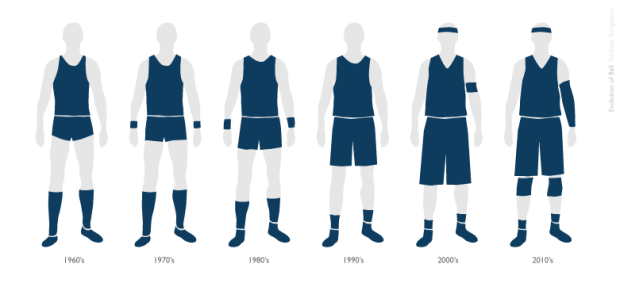
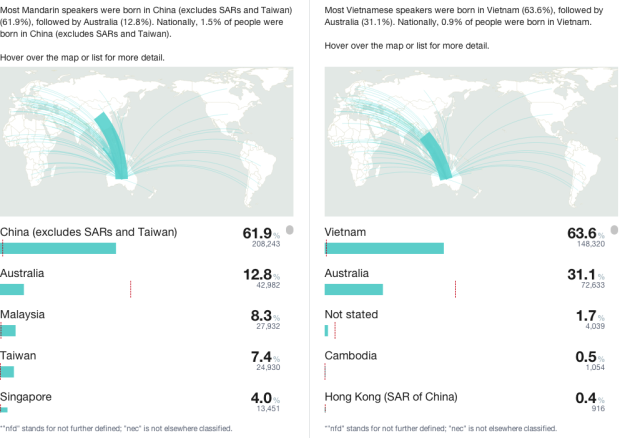
 Visualize This: The FlowingData Guide to Design, Visualization, and Statistics (2nd Edition)
Visualize This: The FlowingData Guide to Design, Visualization, and Statistics (2nd Edition)





